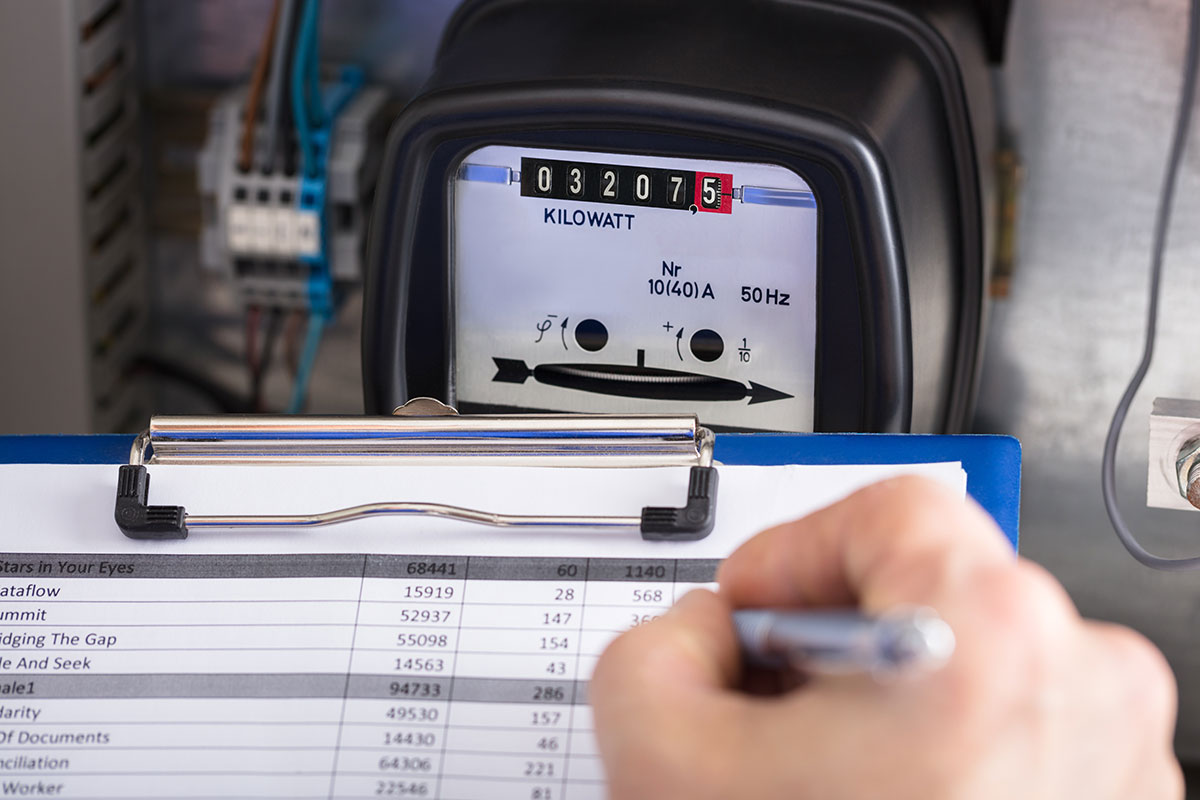Our gas safe engineers at Ignite Gas Care carry out Electrical Installation Condition Reports for Landlord and letting agent's tenants throughout Yorkshire.


Previously named Periodic Reports, an EICR (Electrical Installation Condition Report) is a survey and report into the condition of the wiring of a property – sockets, switches, lighting and fuse board. The Report outlines any aspects of the installation which require attention, and shows their priority as below:
C1 - Danger present. Risk of injury. Immediate remedial action required.
C2 - Potentially dangerous – urgent remedial action required.
C3 - Improvement recommended.
If any Code 1 or 2 faults are present, the overall rating will be 'unsatisfactory' meaning there are immediate risks to both the property and tenants. These should obviously be rectified as soon as possible to prevent injury, or legal repercussions if you intend renting the property.
We can also provide a competitive quote to fix items not up to current standard. We also provide an amended EICR or Domestic Installation Certificate following these works at no charge.
"The Electrical Safety Standards in the Private Rented Sector (England) Regulations 2020". In simple terms, this means every rented property in England that doesn’t have a valid electrical safety certificate MUST have one by April 2021 or sooner, depending on the tenancy arrangements. These arrangements are as follows:
Any property that has a new rental agreement commencing from the 1st July 2020, has to have a valid certificate supplied to each tenant within 28 days.
Any existing/long term tenancies that don’t have a valid electrical safety certificate must have one by 1st April 2021.
Any rental property deemed not to be adhering to the new legislation can potentially lead to the landlord being fined up to £30,000.
This brings England closer to the "Housing (Scotland) Act 2014", where EICR’s have been similarly enforced on rental properties since December 2015.

It depends on the size of the property but between one and 2 hours is usually enough to complete the report.
Our engineer will need good access to sockets, switches and the distribution or 'fuse' board. Power will need to be turned off.
No. PAT stands for Portable Appliance Testing and is simply a check on appliances such as kettles and lamps. It doesn't look at the wiring of the property.
With rented residential accommodation it is the Landlord's responsibility to ensure that the electrical installation and appliances provided by the landlord are safe when the tenancy begins and are in proper working order throughout the tenancy. At the start of the tenancy and throughout both must be free of risk of injury to tenants and residents. The local authority can take action to enforce electrical safety in residential accommodation under the Housing Health and Safety Rating System (HHSRS).
This guidance makes recommendations regarding the frequency of inspections and testing for electrical installations and appliances. There is a distinction between the fixed installations (i.e. wiring circuits, switches, sockets, light fittings and circuit boards on the one hand and appliances which can be plugged in and which will often be portable (e.g. refrigerators, electric cookers, kettles, toasters etc on the other). Landlords should be aware of this, as well as the additional requirements placed on the landlord of a house in multiple occupation (HMO).
If the property is a house in multiple occupation then the Management Regulations require the manager to take safety measures and to maintain electrical installations. Very importantly for all HMOs (not just licensable HMOs) there is an obligation to have fixed electrical installations in every HMO inspected and tested at intervals not exceeding 5 years by a qualified electrician. A certificate must be obtained. The local authority can require a certificate to be produced in 7 days if they ask.
To enquire further regarding our Periodic Inspections, please call 0800 433 2320 or contact us.